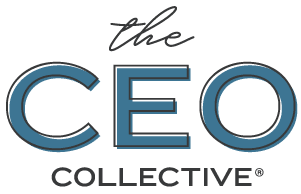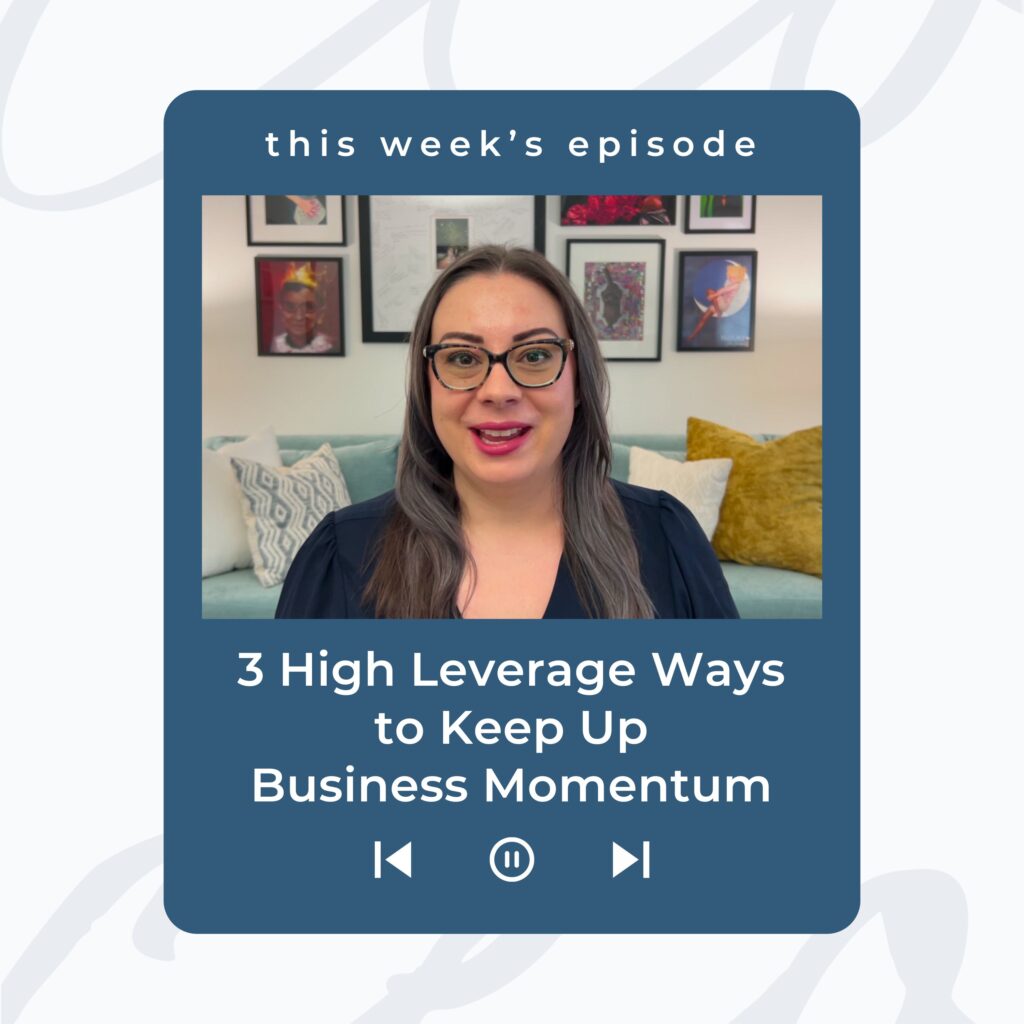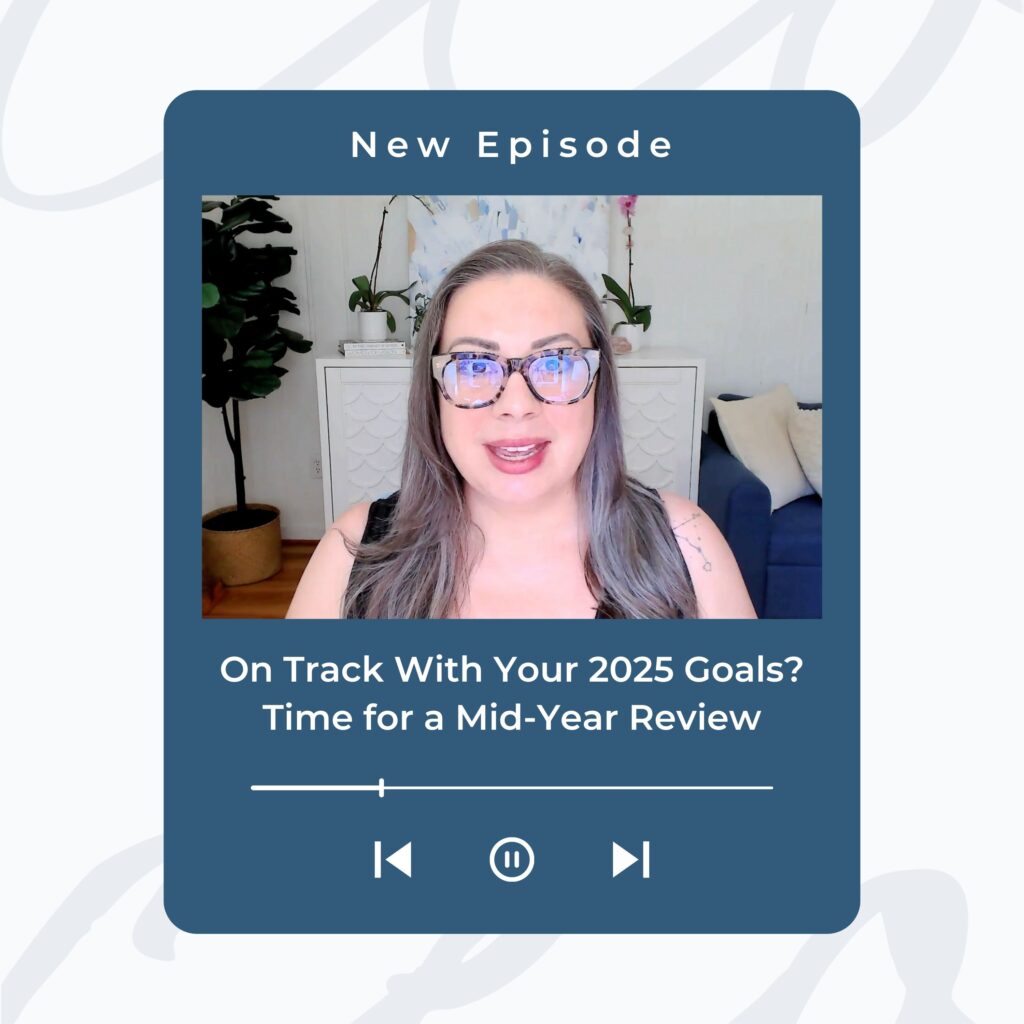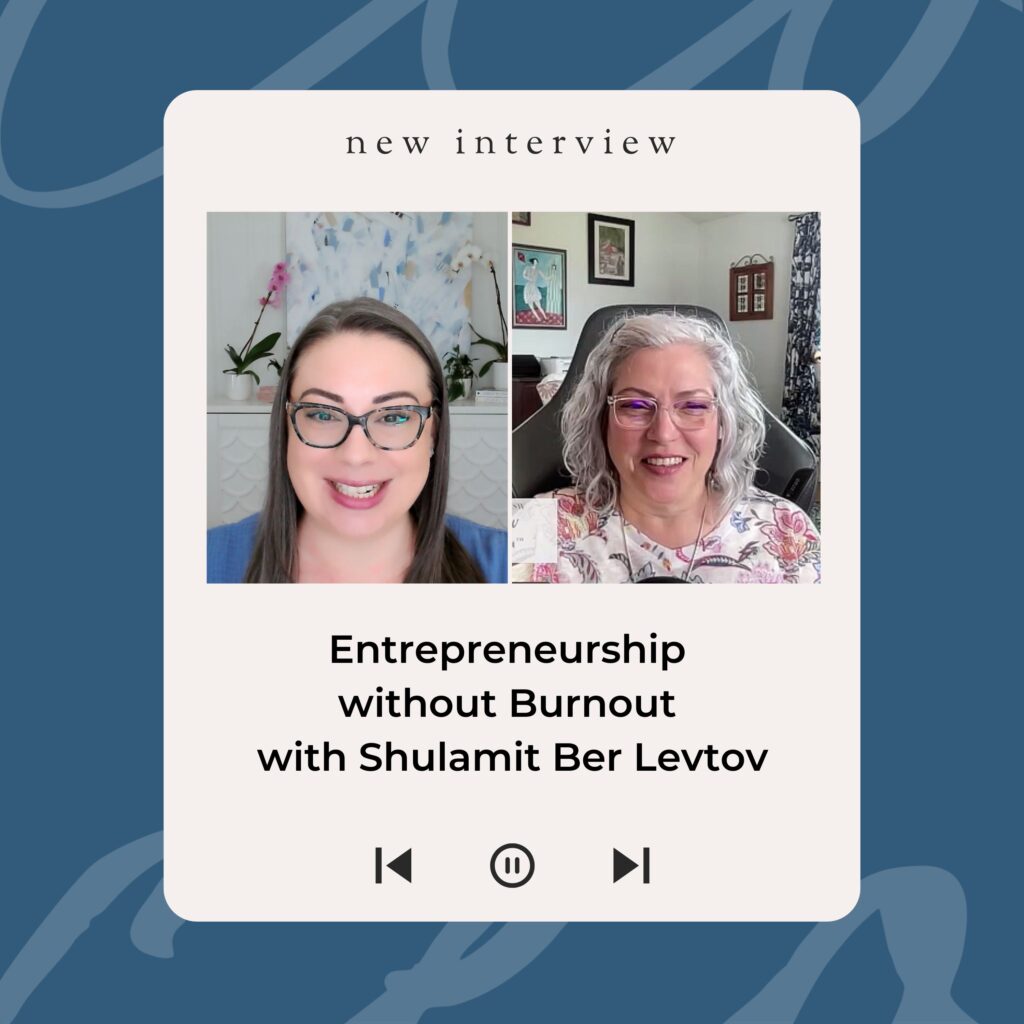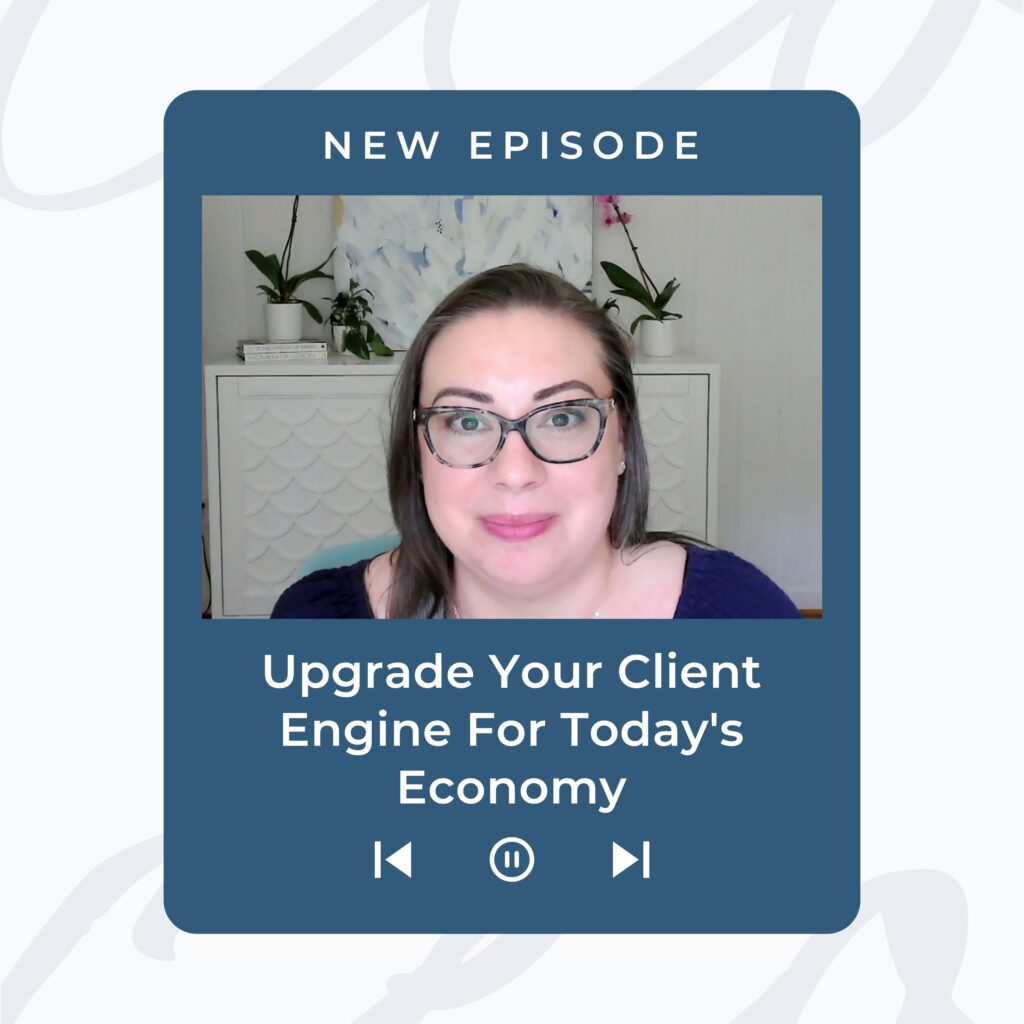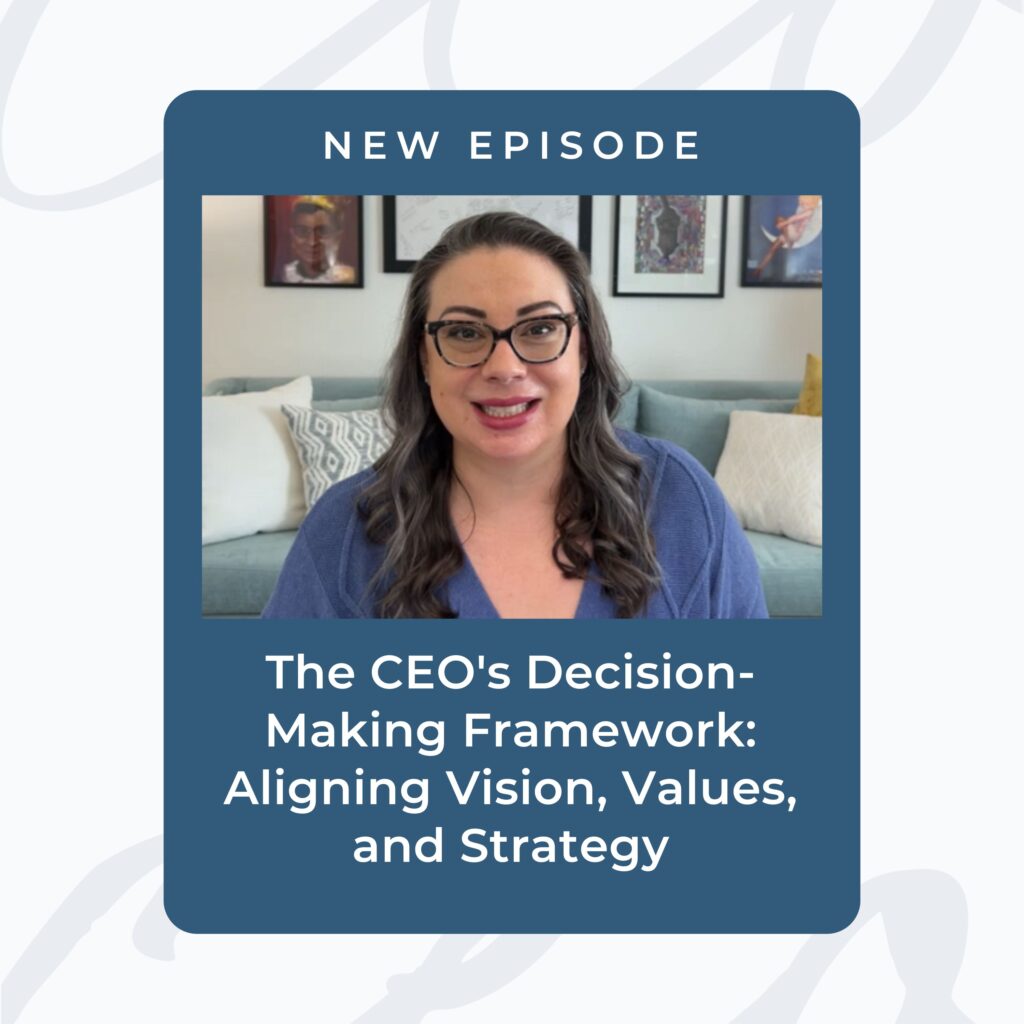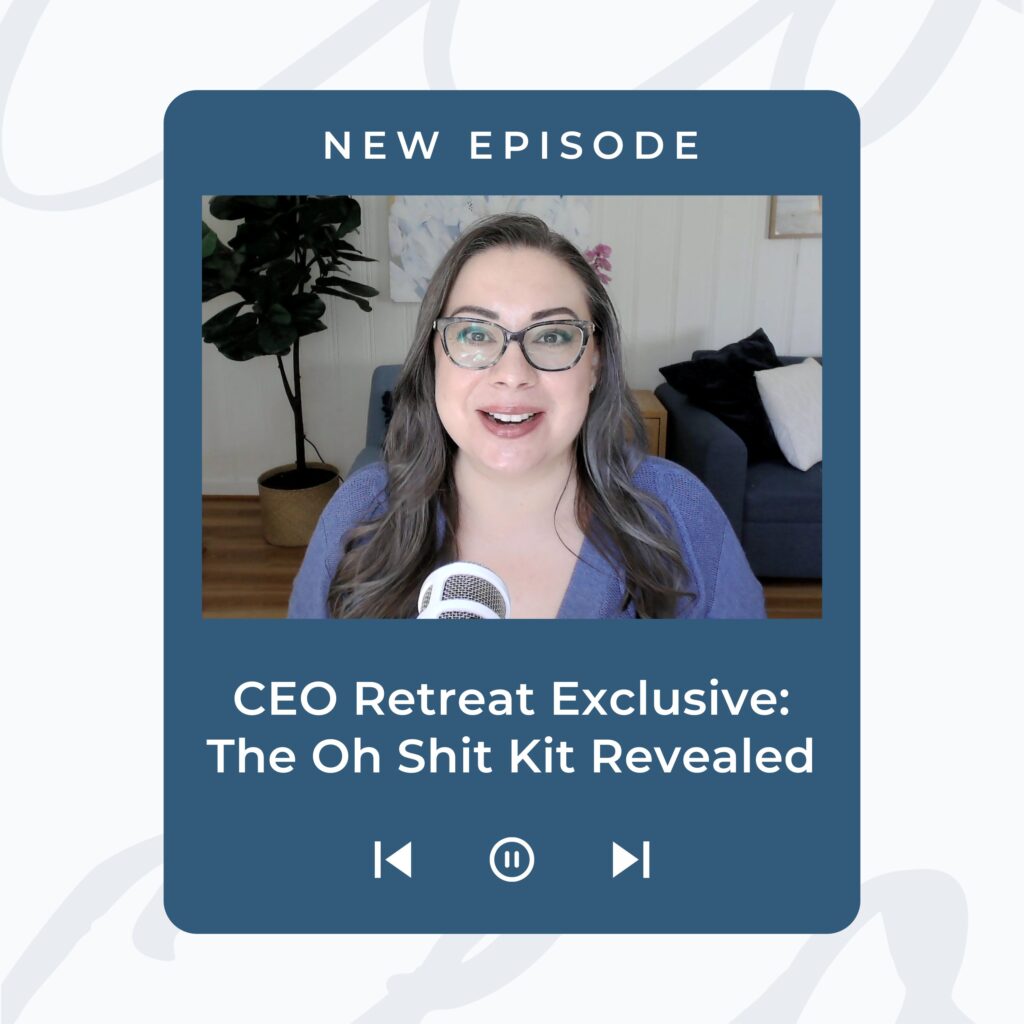Why You Need to Build Your Village (and Stop Trying to Be Superwoman)
Latest episodes
Explore the CEO Success Collections
Podcast
Secrets to Sustainable Success
Podcast
The Truth About Scaling Your Business
Podcast
Path to
Predictable Profits
Podcast
Get
More Clients
